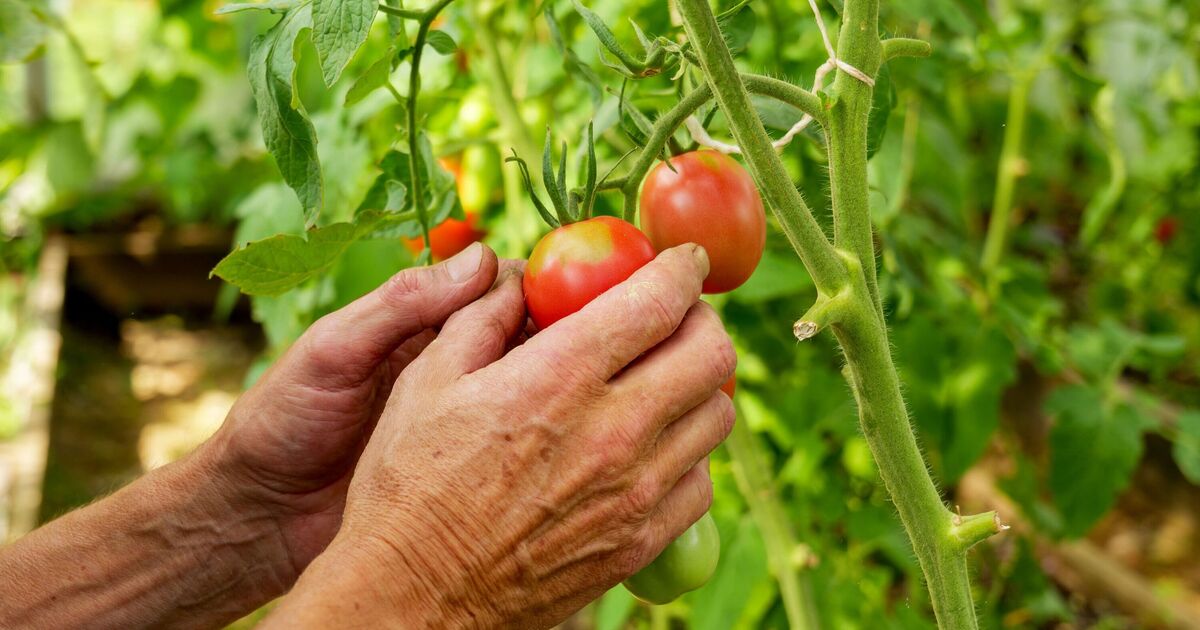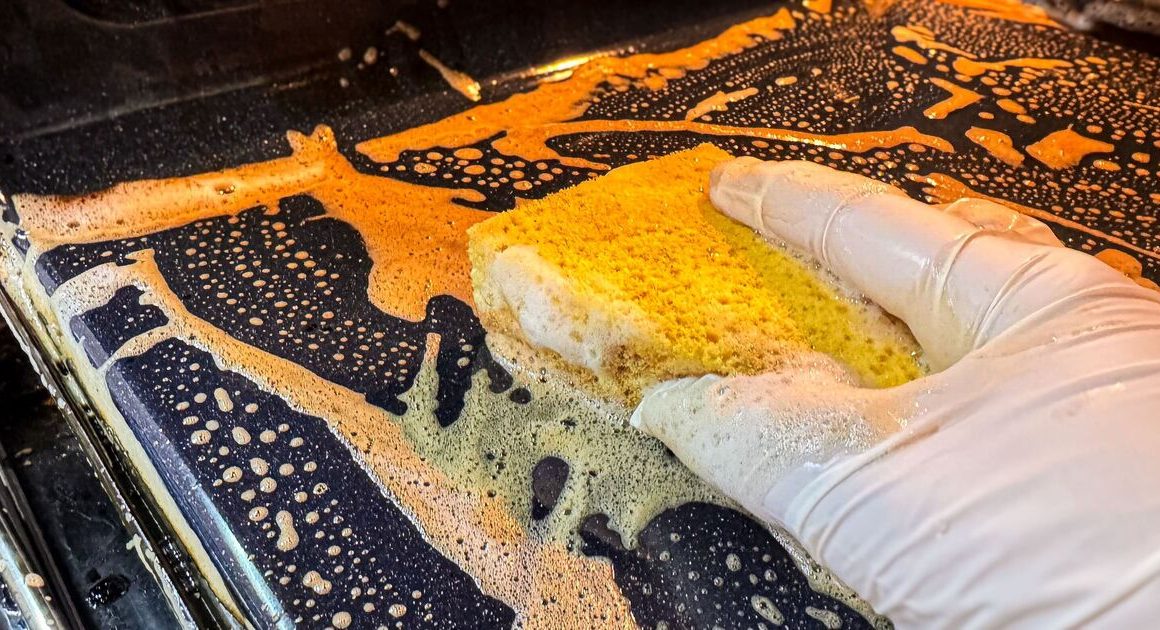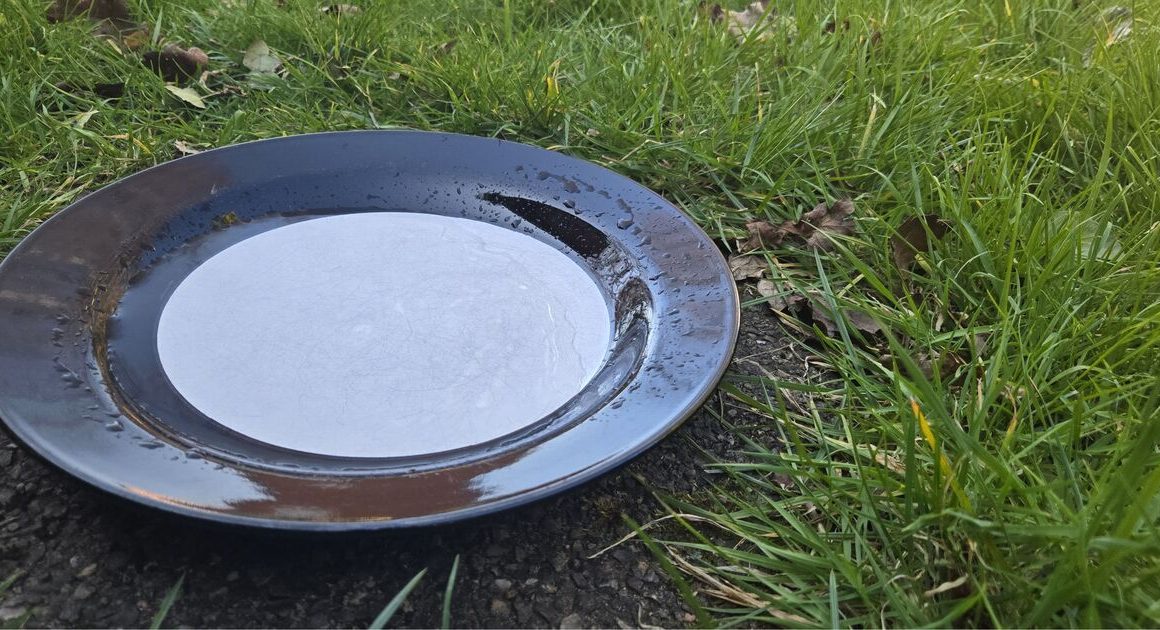There are a number of tips and tricks that you should know about when it comes to growing tomatoes in your garden to make sure that they ripen to be the best and juciest tomatoes they can be. Growing the fruit is a common pastime for many British gardeners and there is a great level of satisfaction gained from eating the tomatoes that you have grown in your own garden. Many people sowed their tomato seeds weeks ago to make sure they are fully-grown by the summertime.
But many gardeners, even those who are rather experienced, aren’t aware of some of the simple yet effective tricks and hacks when it comes to growing tomatoes. If you are going to put effort into growing your own food, it’s important that you know how to make sure your plant grows strong and that it is protected from diseases and common pests. So, if you are giving it a go, then these are the ten tricks that you should know about to make sure they’re delicious when you eat them this summer.
1. Growing tomatoes beside marigolds
Marigolds are an excellent repellent of pests, making them a great companion plant for tomatoes. This is because of the flower’s strong scent, something that is a turn-off for pests such as whitefly, blackfly and other aphids.
Plus, marigolds add a lovely splash of colour to your garden. They can grow in a variety of colours including blue, purple, orange, yellow, red and white.
2. Using milk as a fertiliser for tomatoes
Milk is a great fertiliser for tomato plants as it provides them with the calcium that they need to grow. What’s even better is that you can use milk that has gone past its use-by date for this.
Dilute the milk with equal parts water and spray it over your plant or pour it into the soil. As well as calcium, milk provides plants with proteins and can help ward off diseases like powdery mildew. However, milk should not be used as the sole fertiliser for tomatoes as it lacks other nutrients these plants need.
3. Keep tomatoes away from three other crops
Tomatoes growing in your garden should be kept away from certain crops, such as cabbages, as they compete for the same nutrients. When it comes to walnuts, this plant can drip juglone which adversely affects the growth of many plants, including tomatoes.
You should also keep tomato plants away from potatoes you are growing in your garden as they are often attacked by the same diseases and pests. If they are planted close together, these problems can spread more easily.
4. Grow tomatoes beside basil to enhance flavour
Many gardeners swear by this trick. It is thought that if you grow tomatoes beside basil, the flavour of your tomatoes will be improved. This is believed to be caused by the nutrients in the soil shared by both the tomatoes and the basil.
Additionally, basil’s strong scent wards off pests, similar to the effect of marigold flowers.
5. Turn weeds into fertiliser
Weeds are an annoyance for any gardener. However, there is a way you can turn your weeds into nutritious food for your tomato plants. Use ubiquitous varieties such as dandelions, clovers, stinging nettles, docks, chickweeds and grass clippings.
You should avoid weeds like poison ivy, poison oak, fire weeds or lantanas because these can be toxic. Once you have the correct weeds, place them in a bucket with water and use a heavy brick to press down. Then, simply let the water ferment and use it as a fertiliser for your tomato plant.
6. Time your watering right
Tomatoes, like other plants, need water at certain times of the day. For tomato plants growing in the UK, the best time of the day to water your tomato plants is between 6am and 9am.
This is because the sun hasn’t risen fully and the mornings are cooler than the afternoons, meaning the water won’t evaporate before the plant has had a chance to absord it.
7. Prune your tomato plant
Tomato plants need as much energy as they can get to grow to the best they can be. For this reason, you should prune any side branches or leaves that are not producing fruit as they will take energy away from other areas of the plant.
8. Pollinate your tomato plant if there are no bees around
If you cannot attract bees to your garden or if you are growing tomatoes indoors, then you will need to pollinate the plant yourself. To do this, you will need a small paint brush.
Use it to gently tranfer pollen from one flower to the other to ensure that pollination takes place. Remember, bees are incredibly important in any garden and you should take steps to look after them.
9. Feed bananas to your tomatoes
Bananas are full of potassium and this is essential for healthy tomatoes, especially when they are young plants. Similar to the weed trick, you can make a banana skin tea to feed to your tomato plant that will help it grow better and tastier fruit.
Gardening guru Katie Femia, who founded The Homespun Hydrangea said: “Why not feed this much-needed potassium to your plants via banana peels? It is so much simpler than buying bags of fertiliser from the store.”
10. Spacing tomato plants correctly
Tomato plants that are placed too close together will not grow to their full potential. Tomato plants should be between 18 and 24 inches apart, which is between 45 and 60 centimetres, says The Royal Horticultural Society. Tomatoes tend to need more space in the garden in the UK because it rains over summer.
Tomatoes that are overcrowded are more likely to develop diseases, epxerts say.












